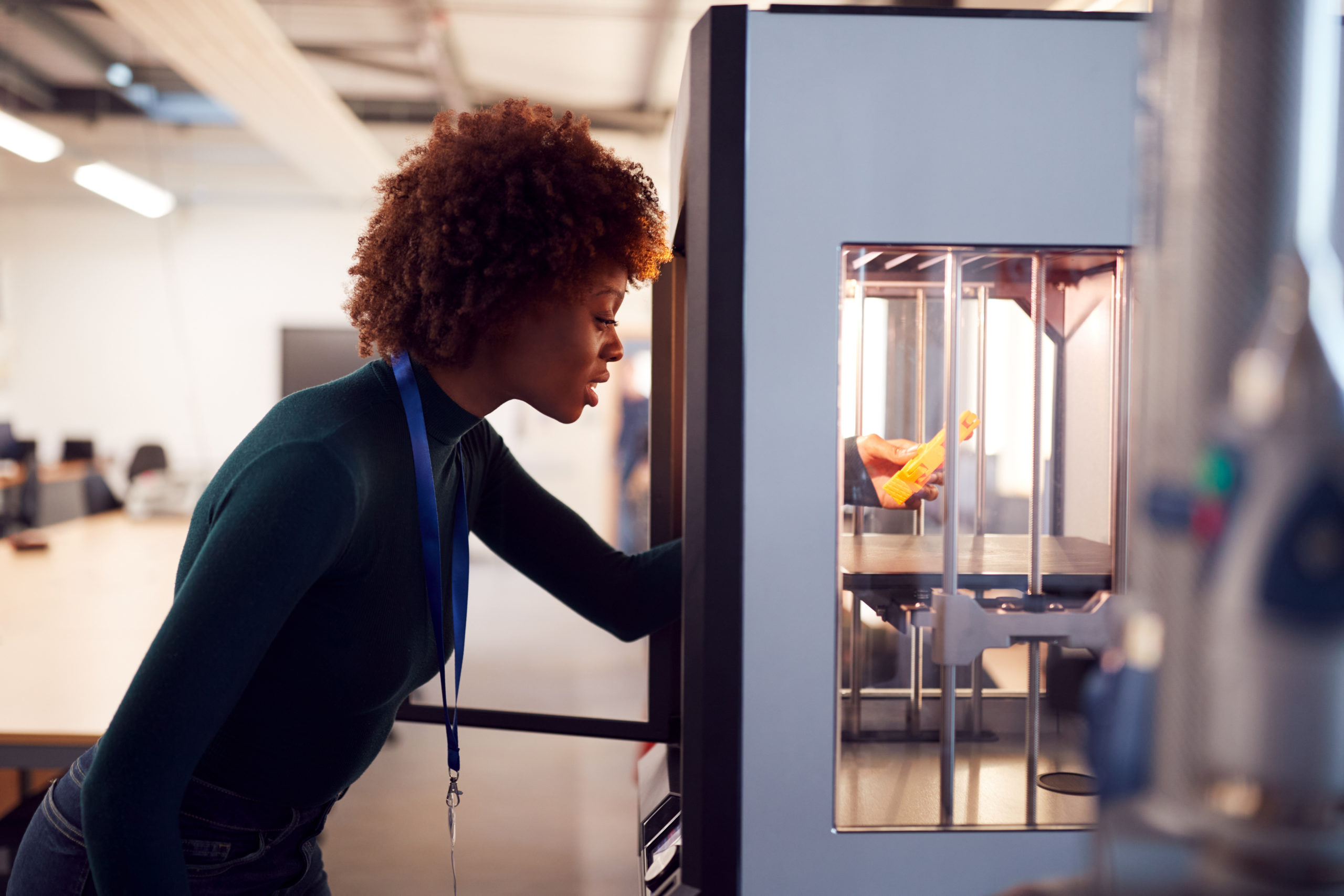
Considering 3D Printing in Radiation Oncology

A Cost Effective Method for Creating Personalized RT Accessories
One of the main advantages of using 3D printing is the ability to easily fabricate 3D objects with complex internal structures, which cannot be done with manual fabrication methods.
In addition, 3D printing is a cost effective method for creating personalized RT accessories, allowing cancer centers to provide the highest standard of care to every patient.
Ease of Use
Implementation of 3D printing into the RT workflow is simple and efficient.
Save time by eliminating manual fabrication methods and countless hours of tedious design. Custom RT accessories can be designed and created on demand without the need for highly skilled staff or the assumed risk associated with using conventional methods.
Clinicians quickly become proficient using our software as it is designed to look and feel like a clinically commissioned TPS.
Improved Treatment Through Patient-Specific Design
Custom RT accessories are created based on patient data.
Air gaps can exist beneath conventional bolus that cause substantial inaccuracies in the delivered dose to the patient.
Patient-specific 3D printed accessories are designed in our software using patient CT scan DICOM data and significantly reduce air gaps, minimizing the risk of delivering inadequate RT treatment.
3D Printing at the Point of Care
Quality, repeatability, and standardized treatment for all patients.
Our software provides clinics with a fully validated, turnkey solution to provide high quality, repeatable, and standardized treatment for patients, even those with complex cases.
Users can have confidence that what is planned in the TPS will result in a printed accessory that follows strict QA requirements used in the field of radiation therapy.
Improved Patient Experience
Improved patient comfort and set up time is reduced prior to treatment.
3D printed bolus and applicators conform to the patient’s anatomy without the need for manual adjustments during treatment set up.
Patients no longer need to be present for the design and fabrication of custom accessories, as modifications to the structure are made directly in our software using DICOM data obtained via patient CT scan.
Reduce Risk
Using regulatory cleared software provides confidence.
Our software is a regulatory cleared device with FDA 510(k) clearance, a CE Mark, TGA approval, and an ISO 13485 compliant QMS.
By integrating directly with RT workflows, users can customize an accessory directly within our software and export it back to the TPS for dose and plan verification. This minimizes the risk of delivering inadequate RT treatment and prevents potential treatment delays compared to more complicated DIY solutions.
Return on Investment (USA Only)
Reimbursement opportunities exist through use of CPT codes.
Our software classifies as a complex device allowing users to design and create 3D printed patient-specific accessories that meet the requirements of existing CPT billing codes.